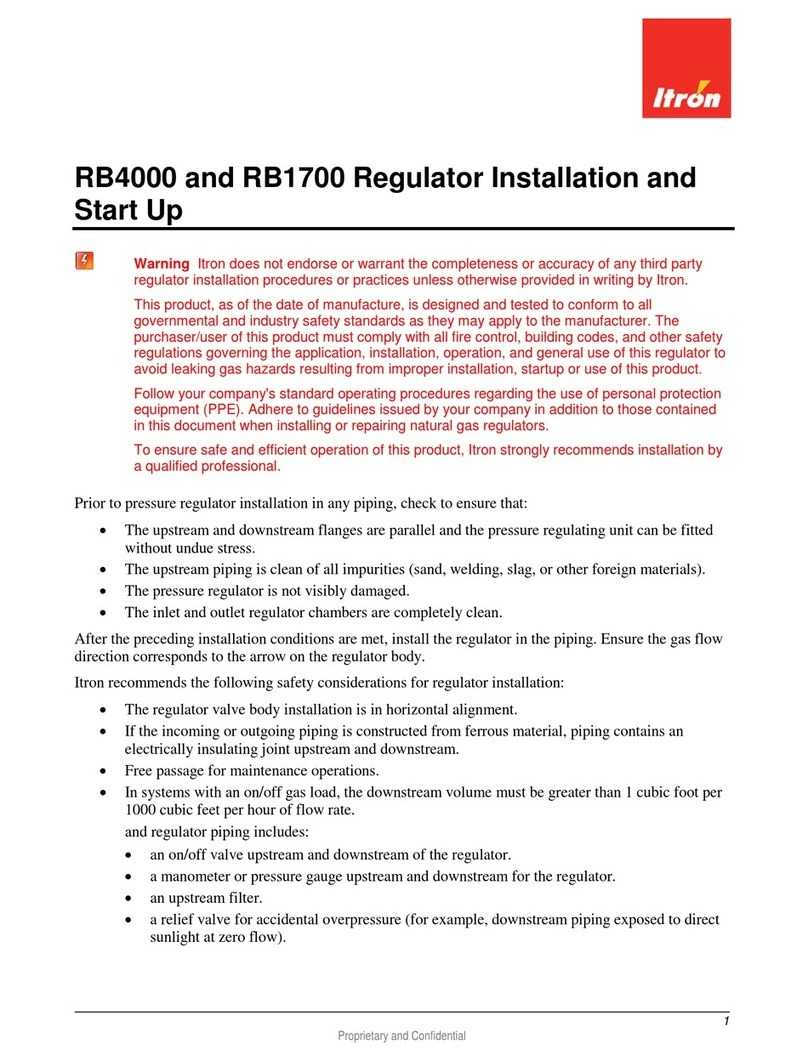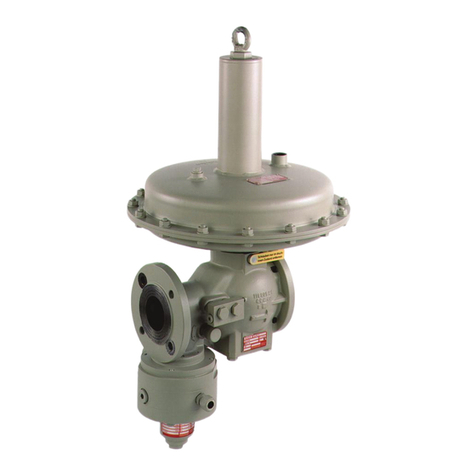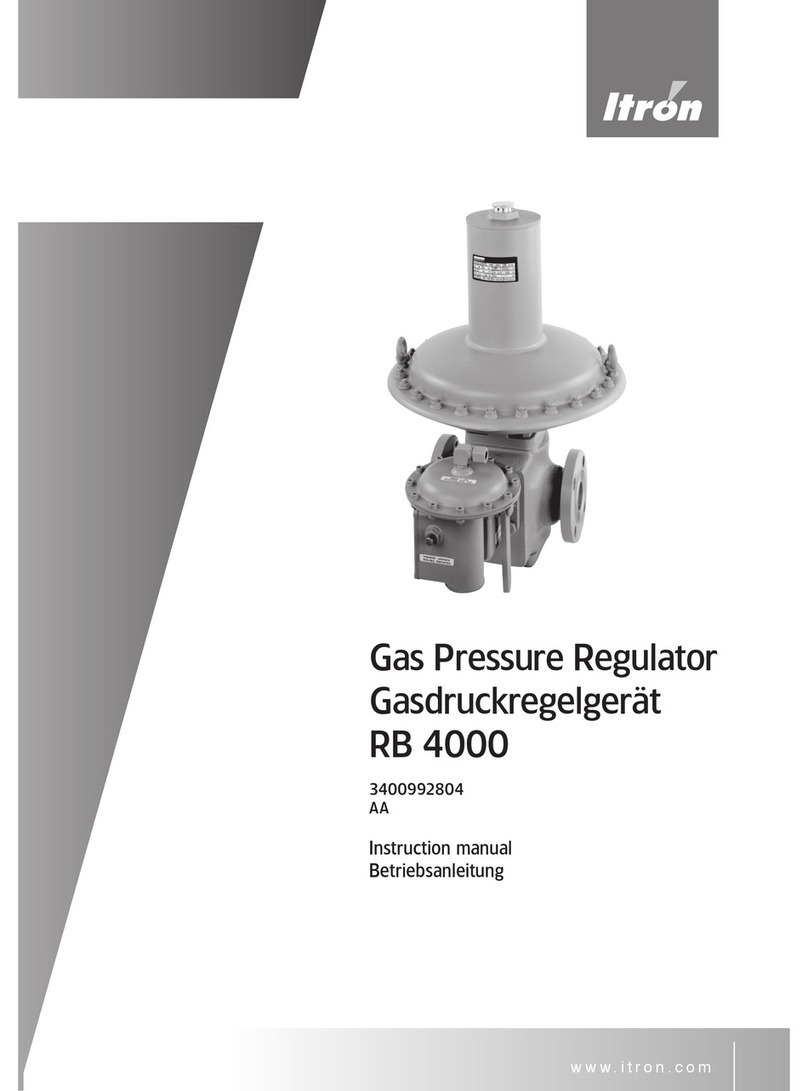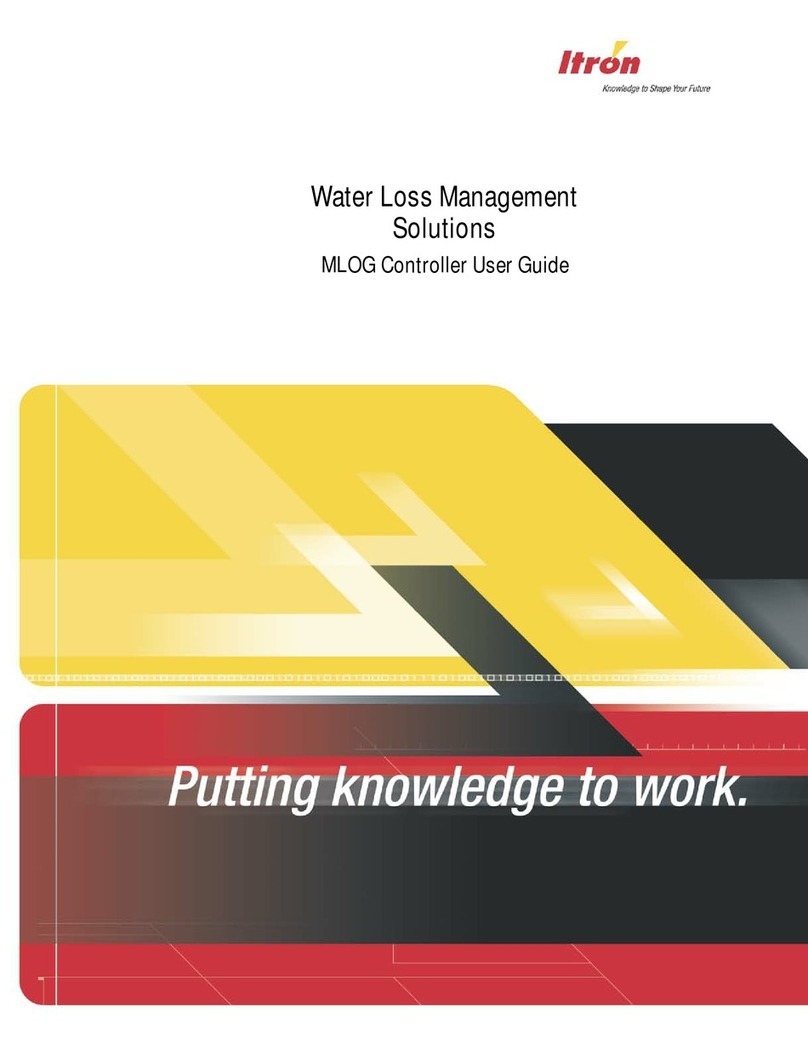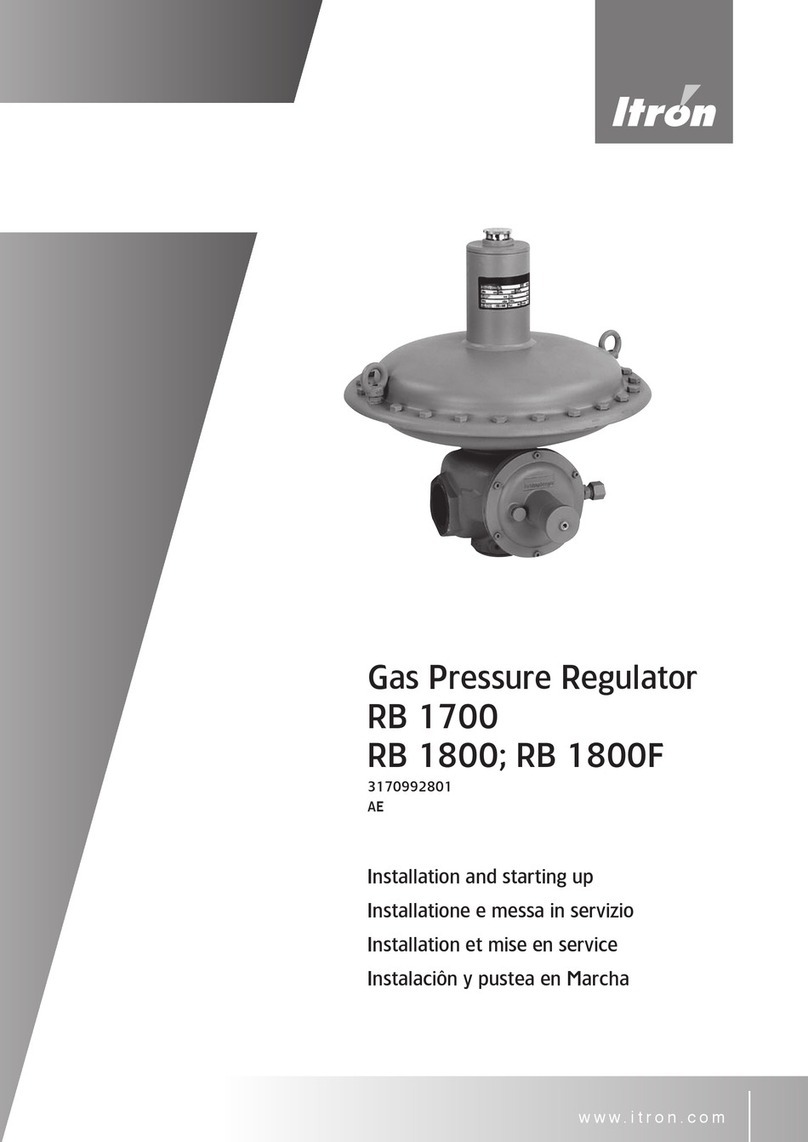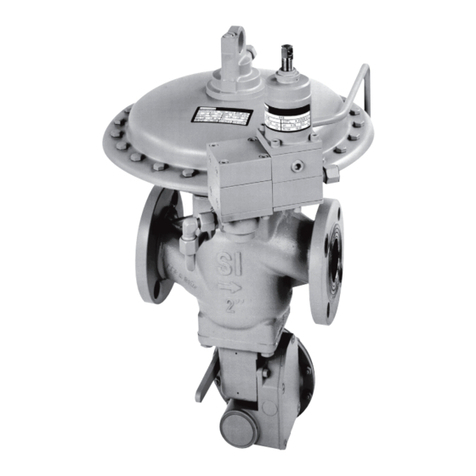
22
Inhaltsverzeichnis / Contents / Contenu / Inhoudsopgave / Ñîäåðæàíèå / Obsah
Seite
Page
Pagina
Ñòðàíèöà
Strana
DE Schematische Darstellung Regelgerät 133 / 233 und 244.....................3 - 5
Technische Daten / Typ-Auswahl ..........................................6
Führungsbereiche Regler und SAVs ........................................7
Einbauanleitung, Regler- / SAV-Inbetriebnahme ............................8 - 9
Sicherheitshinweise ...............................................10 – 11
Abmessungen / Einbaumaße ............................................42
Beispiele für Montagepositionen ..........................................45
Installationsbeispiel ....................................................46
GB Schematic section Regulator 133 / 233 and 244............................3 – 5
Technical data / Type selection...........................................12
Spring range Regulator and SSV..........................................13
Installation and start-up instructions of Regulator and SSV ..................14 – 15
Safety instructions ................................................16 – 17
Dimension ..........................................................42
Example of assembly position............................................45
Example of installation .................................................46
FR Représentation schématique du régulateur 133 / 233 et 244 ..................3 – 5
Caractéristiques techniques / choix du type .................................18
Gammes de pression régulateur et vanne de sécurité ..........................19
Instructions de montage, mise en service régulateur et vannes de sécurité ......21 – 22
Conseils de sécurité ...............................................23 – 24
Dimensions / encombrement ............................................43
Positions de montage ..................................................45
Exemple d’installation ..................................................46
NL Doorsnede tekening regelaar 133 / 233 en 244.............................3 – 5
Technische data / Type selectie ..........................................24
Veerbereik regelaar en afslagveiligheid SSV..................................25
Installatie en opstart instructie voor regelaar en afslagveiligheid SSV . . . . . . . . . . . 26 – 27
Veiligheids instructie ...............................................28 – 29
Afmetingen ......................................................... 43
Voorbeeld van behuizings positie ........................................ 45
Voorbeeld installatie .................................................. 46
RU Ñõåìàòè÷åñêîå ïðåäñòàâëåíèå ÓÐÄà 133 / 233 è 244.................... 3 – 5
Òåõíè÷åñêèå õàðàêòåðèñòèêè / Âûáîð òèïà ..............................30
Äèàïàçîíû âûõîäíîãî äàâëåíèÿ ðåãóëÿòîðà è ÏÊÎ .......................31
Èíñòðóêöèÿ ïî ìîíòàæó, ââîä ðåãóëÿòîðà è ÏÊÎ â ýêñïëóàòàöèþ .......32 – 33
Óêàçàíèÿ ïî òåõíèêå áåçîïàñíîñòè .................................34 – 35
Ãàáàðèòíûå ðàçìåðû / Ìîíòàæíûå ðàçìåðû ............................43
Ïðèìåðû äëÿ ìîíòàæíûõ ïîëîæåíèé ...................................45
Ïðèìåð èíñòàëëÿöèè.................................................46
CZ Schematická znázornění regulátoru 133 / 233 a 244.........................3 – 5
Technické údaje / Volba typu ............................................36
Rozsah pružiny regulátoru a bezpečnostního rychlouzávěru .....................37
Pokyny k montáži a zprovoznění regulátoru a bezpečnostního rychlouzávěru ....38 – 39
Bezpečnostní pokyny a ES Prohlášení o shodě...........................40 – 41
Rozměry............................................................44
Příklad montážních poloh ...............................................45
Příklad montáže ......................................................46
